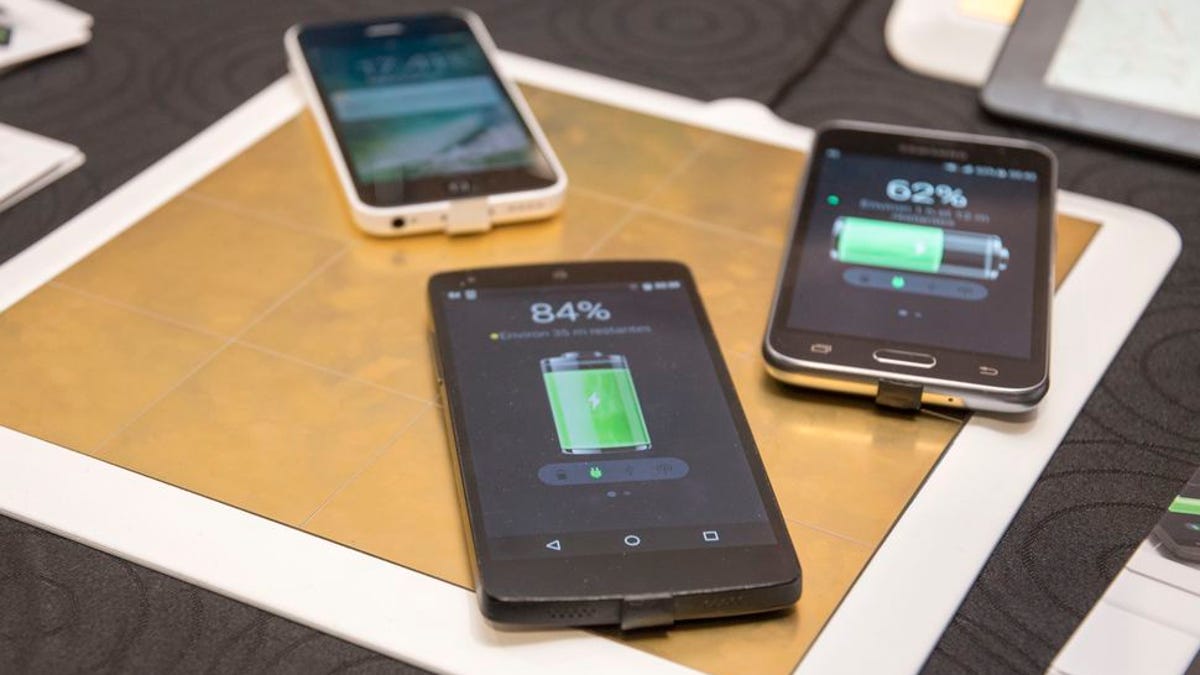Disney develops room with 'ubiquitous wireless' charging
Researchers have built a prototype room that will allow multiple devices to be charged wirelessly while in the room.

Goodbye charging pads?
Disney Research is taking wireless charging to a whole new level.
The scientific and tech arm of the entertainment giant has built a prototype room with "ubiquitous wireless power delivery" that allows several devices to be charged wirelessly in much the way we get internet access through Wi-Fi. By tapping quasistatic cavity resonance, researchers discovered they could generate magnetic fields inside specially built structures to deliver kilowatts of power to mobile devices inside that structure.
"This new innovative method will make it possible for electrical power to become as ubiquitous as WiFi," Alanson Sample, associate lab director & principal research scientist at Disney Research, told Phys.org. "This in turn could enable new applications for robots and other small mobile devices by eliminating the need to replace batteries and wires for charging."
Historically, mobile-device owners have been forced to plug their products into a charger to refresh a battery. Wireless charging, however, ditches the cord and allows users to simply rest their device atop a charging pad to add juice. Disney's approach eliminates the need to be on that pad.
All you have to do is be in the room and your device will start charging automatically. And depending on where you are in the room, delivery efficiency can be as high as 95 percent, researchers said.
There is one potential issue: you have to not mind being in a room constructed mostly of aluminum, that includes the walls, ceiling and floor. There's a copper pole in the middle of the room, and 15 discrete high quality factor capacitors that separate the magnetic field from the electric field.
No word on when you can expect to get one of these metal boxes for your home.
Virtual reality 101: CNET tells you everything you need to know about what VR is and how it'll affect your life.
Batteries Not Included: The CNET team shares experiences that remind us why tech stuff is cool.

